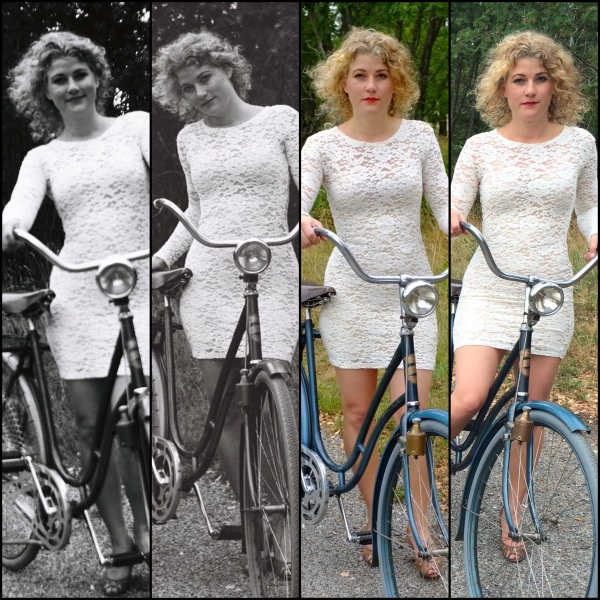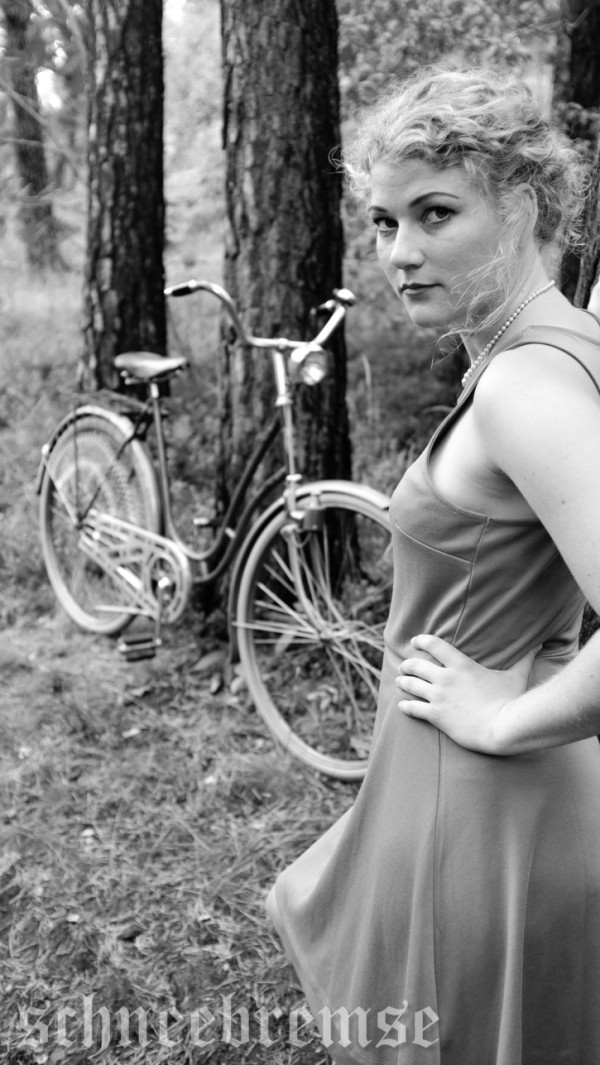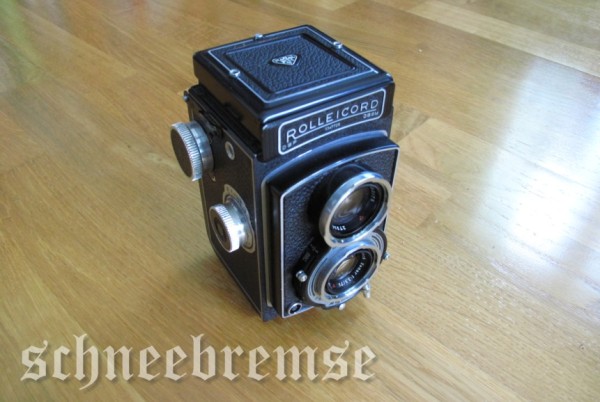Many years ago I bought a camera in a shop in central Stockholm.
It was back then when digital cameras was something only used in spy shows on TV. The shop I was a regular customer at was owned by a old man. He collected old cameras and was very kind, he had many regular customers that just went there to talk and look at cameras, new and old. On the shelf behind the counter was his collection of old and obscure cameras and photo equipment, it was cameras from 1890’s up to 1950’s. All covered with a thick layer of dust. But in the window facing the street he had two separate displays. One display was with modern cameras and lenses of all the best brands. The newest gear and gadgets. But the other display was with top end vintage cameras. There was Leica M2 and M3’s standing along with Hasselblad 500/CM and 500/EL cameras, lenses and bodies. Vintage Nikon F cameras with all lenses and accessories. It was in that shop where I bought my Leica M2, that I used very much and regrettably sold many years later. There where also Rollei cameras on display, Rolleiflex and Rolleicord of all models.
After using my fathers old Rolleicord for some time I decided that I would like to have my own camera. After all if I was to drop or damage my fathers camera it would be a great shame. So, after looking and trying some of the cameras he had on display I decided to buy a Rolleiflex 3,5 series with Tessar lens (a bit cheaper than the more expensive Planar version). The camera in my hands was made back in 1955 or so, so it was a used camera but still in great condition for a old camera. I got it with some filters and a lens-hood “on the house” from the old shop owner. I think he was happy that a young person was buying the camera for using and not because it was a cool gadget. Today that shop is gone. Even the building it was located in is gone.
I used the Rolleiflex a lot! Since I developed the film myself and made photo copies in the bathroom I could buy really large boxes of 120 film at a good price. After using these old manual cameras I learned to measure the light without any light meter. It was fun to take photos, looking for good angles. Reading old books from 1950’s on “how to learn photography” and so on. I shoot many great photos back then with all kinds of motives. There was many really bad ones to, as it should be when learning and developing you skills.
There was one former photographer that once told me “if one image is good on a entire roll of film. Then it was a good session”. That is the kind of quotes that stayed with me, even today I remember that and takes photos like that. But with a digital camera and a memory card that holds 300 photos it is a bit more than one good photo ratio. But it actually makes sense. Not every photo turns out good. But it also is a practise thing. After a while the bad photos are getting fewer and fewer. The good ones starts to pop up more and more. You train your eye to “see” a photo. When you know the camera you are using, how it works and how it behaves. Then you might get along well. Some cameras are a real pain of some reasons. You do not get along at all. The camera is not your friend. The best is when the camera becomes a part of your senses and you feel connected.
Back to the Rolleiflex 3.5. I used it a lot but there was a friend at my work, that also used a Rolleiflex for that great middle format photos. But his Rolleiflex was older than mine and bit more worn. We talked about them and it all ended up with me selling mine to him. He was very happy with it, it was more modern than his old one. During the following years he took it around on different locations and was taking really great photos. For example he was in the northern parts of Sweden and shoot some really nice nature/landscape views. He also brought it to New York and got some classic black and white photos of “the big apple”.
But with the introduction of the digital cameras, the old camera was used less and less. Earlier this year he decided to sell his old analogue camera gear that he did not had any use for anymore. One day he asked me if I would like to buy back my old Rolleiflex that he had been using for all these years. I was reminded of the old camera that I had almost forgot about. So, I replied yes of course. I would buy it back since he was not using it any more, for me it would be a great item to have. But also to use again.
In short, about 15 years later I got back my first own middle format camera. The same camera I bought for the money I determinately saved from work. With the lens covers, lens-hood and filters. Just as when I used it. I remembered when I was getting some covers for the lenses and not finding the original Rolleiflex. So I used a Rolleicord cover instead. It looks great, but it fits not so great. But it a classy look with that metal cover.
A few weeks ago, I got the question from the girl at the bicycle photo session. She had some ideas of photos now when it is fall in Sweden. I thought it was an great idea and packed up the digital gear. But in the cupboard along the Rolleiflex was some rolls of 120 film. Just for fun I brought the old camera with me. When bringing out the vintage cameras on a session these days it makes a great success. It looks like a “real” camera also it sounds like one when taking photos and winding the film. The entire loading the film is an procedure that are quite odd today. But for me it is a moment of nostalgia. The tearing of the paper tab on the rol, feeding the film into the guide rails and cranking the film to square “1”. It is is all familiar things to do. But for me, I must rethink and think in a different way when taking photos with the vintage camera. The tempo slows down right away. Focus need to be adjusted, the shutter speed… what is the light reading? Composing the photo, stand still…….. “click”
Even when taking the smart phone and taking a photo in the view finder of the old Rolleiflex creates great photos.
So, look here all you Lomo users, smart phone filter lovers and Instagram users. This must be the original vintage filter look.
It is fun and at the same time a cool look, yet so simple to create.







